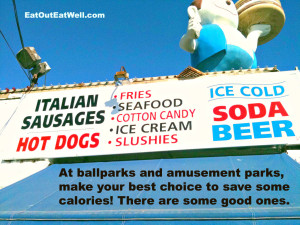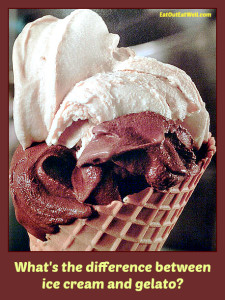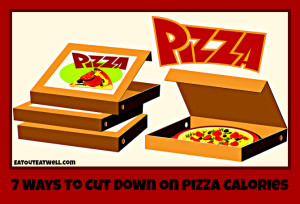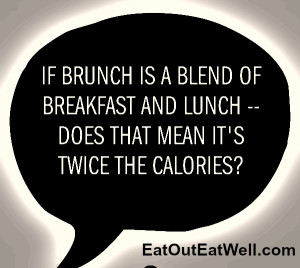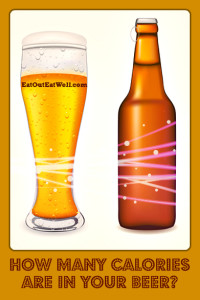 Have you ever noticed that alcohol doesn’t fill you up the way food does? Here’s why: it doesn’t register as “food” in your GI tract or your brain.
Have you ever noticed that alcohol doesn’t fill you up the way food does? Here’s why: it doesn’t register as “food” in your GI tract or your brain.
The bad news: it doesn’t fill you up but it does have calories — 7 calories a gram – more than carbs and protein which have 4 calories a gram and fat which has 9. So, even thought it doesn’t feel as though you’re putting calories into your body, you can drink a lot of calories and still not feel stuffed (perhaps drunk, but not stuffed).
How Much Beer Is Equivalent To A Standard Drink?
A standard drink is equal to 14.0 grams (0.6 ounces) of pure alcohol, the amount usually found in 12 fluid ounces of beer. The serving size of malt liquor, or beer with high alcohol content, is 8-9 fluid ounces.
There is huge variation between brands and types of beer, but on average:
- 12 ounces of beer has 153 calories and 13.9 grams of alcohol
- 12 ounces of lite beer has 103 calories and 11 grams of alcohol
Different types of beer and malt liquor can have very different amounts of alcohol content. Light beers can almost as much alcohol as regular beer – about 85% as much. Put another way, on average:
- Regular beer: 5% alcohol
- Some light beers: 4.2% alcohol
- Malt liquor: 7% alcohol
How Many Calories Are in Your (12 ounce) Beer Bottle?
- Sierra Nevada Bigfoot Ale: 330 calories
- Samuel Adams Boston Lager: 180 calories
- Guinness Extra Stout: 176 calories
- Pete’s Wicked Ale: 174 calories
- Harpoon IPA: 170 calories
- Heineken: 166 calories
- Killian’s Irish Red: 163 calories
- Long Trail: 163 calories
- Molson Ice: 160 calories
- Samuel Adams Brown Ale: 160 calories
- Budweiser: 144 calories
- Corona Light: 105 calories
- Coors Light: 102 calories
- Heineken Light: 99 calories
- Budweiser Select: 99 calories
- Miller Light: 96 calories
- Amstel Light: 95 calories
- Anheuser Busch Natural Light: 95 calories
- Michelob Ultra: 95 calories
- Miller MGD 64: 64 calories
- Beck’s Premier Light: 64 calories
Calorie Saver:
Analyze your beer choice. Since there’s a very wide variation in the calories in beer, can you be satisfied with one of the lower calorie brews?
Want more information like this? My newest book: 30 Ways to Have Low-Calorie Fun in the Sun: Your Guide to Guilt-Free Eating at Picnics, Amusement Parks, Barbecues & Parties available on Amazon.
